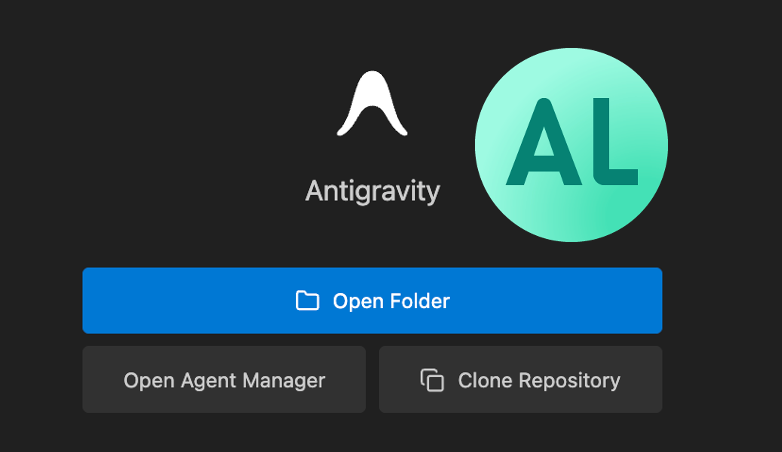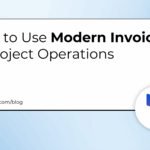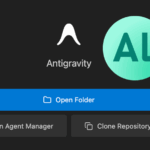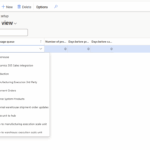Now Reading: Vibe Coding in AL Development for Business Central
-
01
Vibe Coding in AL Development for Business Central
Vibe Coding in AL Development for Business Central

As AL developers working with Microsoft Dynamics 365 Business Central, we often find ourselves caught between strict business requirements and the desire to write code that feels good, but with the latest Vibe Coding experience, we can see how developers interact with the platform. Instead of writing everything manually, Vibe Coding leverages AI-driven assistance, contextual suggestions, and natural language inputs to speed up solution building.
Vibe Coding isn’t just about writing code—it’s about creating a harmonious development experience that reduces cognitive load, enhances creativity, and produces more maintainable, scalable AL solutions. It combines best practices from agile development, clean code principles, and user experience design to create a holistic approach to Business Central customization.
What is Vibe Coding?
Vibe Coding is Microsoft’s new AI-assisted development experience embedded in Business Central AL development. Think of it as a “copilot for AL” — it understands your context, suggests code snippets, and helps you scaffold solutions quickly.
With Vibe Coding, you can:
- Generate AL objects (tables, pages, code units) using natural language prompts.
- Get inline suggestions for methods, triggers, and patterns.
- Reduce boilerplate coding and focus on solution logic.
- Learn AL development faster if you’re new to the ecosystem.
Getting Started
To enable Vibe Coding in AL development:
- Update your AL extension in Visual Studio Code to the latest version (available in VS Code Marketplace).
- Ensure your Business Central environment is updated to fully support Vibe Coding.
- Ensure Copilot features are enabled.
- Open your AL project and start coding — the AI suggestions will appear as ghost text or through the command palette.
Example: Creating a Table with Vibe Coding
Traditionally, you create a table object like this:
table 50100 "Customer Ledger Extension"
{
fields
{
field(1; "Customer No."; Code[20])
{
DataClassification = CustomerContent;
}
field(2; "Ledger Balance"; Decimal)
{
DataClassification = CustomerContent;
}
}
}With Vibe Coding, you could simply type in natural language:
“Create a table for Customer Ledger with Customer No. and Ledger Balance fields.”
And Vibe Coding will generate the AL code for you, ready to refine.
Example: Extending a Page
Say you want to extend the Customer Card page to show the new field. Instead of looking up the object ID and syntax, you could type:
“Extend Customer Card to add Ledger Balance field from Customer Ledger Extension table.”
The tool generates the boilerplate page extension code, leaving you to adjust anything you requires.
The Future of AL Development
Vibe Coding works brilliantly for proof-of-concepts and small team innovations. The sweet spot?  Start with Vibe for rapid progress, then formalize as the codebase matures.
Start with Vibe for rapid progress, then formalize as the codebase matures.
For AppSource apps and enterprise BC implementations, structured development still wins. But for exploring new features or quick client customizations? Vibe Coding can be your secret weapon.
It’s not here to replace developers — it’s here to supercharge productivity and free us to focus on innovation. 
Stay tuned for more as it is still in learning phase.
Original Post https://ammolhsaallvi.blog/2025/09/19/vibe-coding-in-al-development-for-business-central/















